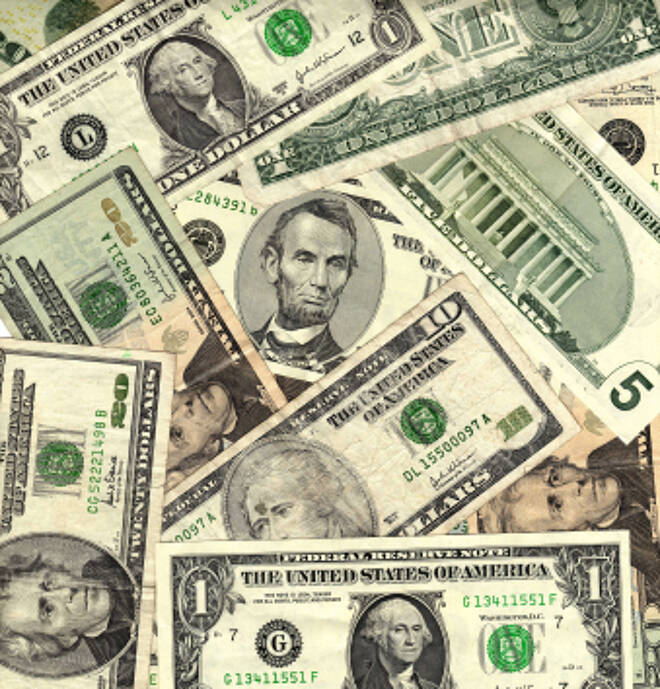Advertisement
Advertisement
U.S. Dollar Will Be Biggest Loser if Stock Market Stabilizes and Rallies
By:
The weekly chart pattern is already indicating a developing downside bias against the dollar. The CFTC’s numbers are also showing signs that investors are beginning to reduce their long positions in the dollar. Now all we need is a stable stock market and buyers to return to the Euro.
Instead of “Cyber Monday”, today probably should be called “Counter-Trend Monday’ as many of the markets that were beat up last week are posting upside reversals today. Among the assets showing gains are stocks, crude oil and the Euro. Short-covering is helping stocks and crude oil to recover. The Euro is being underpinned by both short-covering and aggressive counter-trend buying.
Stocks were supported early in the session on news about Brexit. The same news helped underpin the Euro. The gains in both the stock market and the Euro helped weigh on the U.S. Dollar, which made dollar-denominated crude oil a more attractive buy for foreign traders.
Overall, I think it’s safe to conclude that the major markets are reacting primarily to the weakness in the U.S. Dollar. The dollar has been under pressure for about two weeks since posting a potentially bearish weekly chart pattern during the week-ending November 16.
Helping to put a top in the U.S. Dollar were increasing concerns about the pace of future rate hikes by the Fed in 2019. Some are also arguing that a Fed rate hike in December, which seemed like a given a few weeks ago, is not a sure thing at this time, further pressuring the dollar.
It all started with the release of the October Consumer Inflation report on November 14. Although the CPI report came in as expected, it was basically unchanged. Furthermore, investors said the number was based partly on gasoline prices. Since gasoline prices have been plunging since mid-October, traders are speculating that consumer inflation figures will be lower in November. This is offsetting the Fed’s prediction of overheating inflation. And this is the cornerstone of the Fed’s plan to raise interest rates at least three times next year.
In addition to concerns over inflation, the dollar is also weakening because of comments from a couple of Fed officials, who said the Fed may be approaching neutrality with its rate hike. This means that they see the economy as “not too hot, or not too cold”.
So what we are seeing in the stock market and crude oil markets is position-squaring and position-adjusting related to the possibility of decline in the value of the dollar over the near-term.
Furthermore, there are other signs that investors are making this adjustment. According to the latest data from the Commodity Futures Trading Commission (CFTC), long dollar positions have decline slightly.
Although the selling pressure on the dollar began two weeks ago, the move was interrupted last week when safe-haven buying fueled by a steep drop in equity prices drove investors into the U.S. Dollar. If stocks continue to rise and sell-offs can be contained then the dollar will be allowed to weaken on the notion of a less-hawkish Federal Reserve.
The sell-off in the dollar can even accelerate if the Euro gains enough support from the Brexit deal and the end of the budgetary conflict between the European Union and Italy.
The weekly chart pattern is already indicating a developing downside bias against the dollar. The CFTC’s numbers are also showing signs that investors are beginning to reduce their long positions in the dollar. Now all we need is a stable stock market and buyers to return to the Euro. Data is also signaling that net weekly positions in the Euro rose by their biggest weekly margin in more than two months. If we can get the stock market to put together a week or two of gains then I believe the U.S. Dollar will get crushed as more investors begin to book profits before the end of the year.
And we all know that a weaker dollar will be bullish news for gold as well as crude oil and the higher-risk Australian and New Zealand Dollars.
About the Author
James Hyerczykauthor
James is a Florida-based technical analyst, market researcher, educator and trader with 35+ years of experience. He is an expert in the area of patterns, price and time analysis as it applies to futures, Forex, and stocks.
Did you find this article useful?
Latest news and analysis
Advertisement
